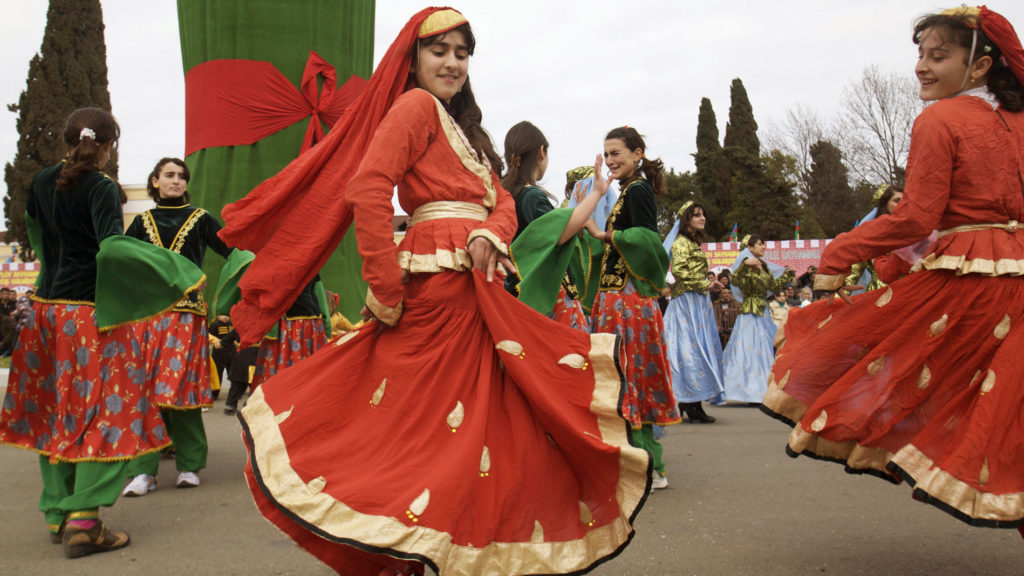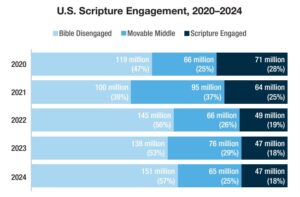
[SLIDESHOW=44762,44763,44764]CENTRAL ASIA (BP) — Winters are often cold, dark and hard in Central Asia. So, as days lengthen and warm, ice and snow melt, flowers bud and bloom, and trees and fields turn green, an undeniable freshness and newness take over. Spring rejuvenates us in winter’s wake and refreshes us before the hot and dry summer arrives.
Millions of Afghans, Kurds, Persians, Tajiks, Turks and other Central Asians celebrate spring’s advent during Nowruz, meaning “New Day.”
Nowruz commemorates an era long ago when Zoroastrianism dominated the region. This ancient religion revered basic elements of nature, earth, water, wind and fire. Nowruz is a time to celebrate spring’s renewal of these things, and it provides a remarkable opportunity to proclaim the Good News to Central Asians.
Nowruz reminds us of the goodness of creation
Our friends enjoy spring’s blessings in family gatherings, mountain picnics, music and dancing — lots of dancing. As they rejoice in the beauty of the creation around them, we have the opportunity to challenge their fatalistic view of God. They believe He cares little about them or creation. But we can demonstrate that God is good and cares for His creation (Psalm 34:8; Luke 18:19). God created everything, was involved in every detail, and called it very good (Genesis 1:31; Romans 11:36). In His goodness and wisdom, He remains close and sustains all things (Colossians 1:16-17).
At the same time, we can point out that God created mankind as His image-bearer (Genesis 1:27). And at first, mankind was morally pure without sin, just like God. All of creation was designed for mankind’s benefit and for God’s glory (Psalm 19:1,2; Isaiah 43:7; Revelation 4:11). Everything was perfect.
Nowruz reminds us that creation dies
Like spring itself, Nowruz is short-lived. The picnics and dancing taper off. We go back to work, children return to school. Social, economic and political problems overlooked during Nowruz celebrations once again consume conversations. Likewise, everyone knows summer’s harsh dry heat will again make everything brown and dusty. For most in our region, this is the picture of their lives without Jesus. They have temporary hope and happiness without lasting peace and eternal joy.
Like the harsh winter, there is no denying the death around us. Natural disasters kill without warning and drought ravages whole swaths of land. Disease chokes out life. Worse yet, God’s image-bearers commit evil against one another. Family members turn against each other, wars rage, human trafficking enslaves, and suicide and homicide rates escalate. We can empathize with our friends that indeed something has gone terribly wrong.
We can remind our friends, however, that God did not intend this death. Scripture tells us man’s rebellion severed his intimate relationship with God, and God cursed the ground in sin’s wake (Genesis 3:17-19). Sin and death then spread to all mankind, bringing condemnation upon subsequent generations (Romans 3:23; 5:12,16; Ephesians 2:1). Mankind still bears God’s image, yet this likeness has been distorted by sin.
Nowruz reminds us of the resurrection & the renewal of creation
During Nowruz, people jump over bonfires to signify a cleansing or purifying of their lives. On one side of the fire is the shame of the past year’s bad deeds. On the other is a fresh start. And almost every home has a plate full of dirt that will sprout bright green grass before the Nowruz holiday starts. It represents the newness of life in this season. In a region swirling with war, refugees and civil unrest, Nowruz promises a new day and a fresh perspective.
But the great renewing our friends long for commenced that first Easter morning. They need to hear that Jesus’ death and resurrection renews everything. Jesus conquered sin and death, providing new life for us. Eternal peace, lasting hope and joy, glimpsed in the celebration of spring, can be theirs because of Christ’s resurrection (1 Corinthians 15:20).
Christ’s resurrection also means the material creation we can see will be renewed. Creation waits now with “eager longing” for this renewal, “groaning in travail” until Earth “will be set free from its bondage to decay” (Romans 8:21-23). And those made alive in Christ will live forever in “new heavens and a new earth in which righteousness dwells” (2 Peter 3:13).
Ultimately, this great renewing will be completed as God and man again dwell together, when “death shall be no more, neither shall there be mourning, nor crying, nor pain anymore, for the former things have passed away” (Revelation 21:3-4). But for now, for those who put their trust in Christ’s death and resurrection, renewal happens every day as we dwell upon the richness and mercy of God’s grace (2 Corinthians 4:16).
May this be the spring many of our friends receive the grace to believe in this great renewal. May they join us in having “been born anew to a living hope through the resurrection of Jesus Christ from the dead” (1 Peter 1:3).














